1. Miura F, Mogi M, Ohura Y, Hamanaka H. 1986; The super-elastic property of the Japanese NiTi alloy wire for use in orthodontics. Am J Orthod Dentofacial Orthop. 90:1–10. DOI:
10.1016/0889-5406(86)90021-1. PMID:
3460342.
2. Bradley TG, Brantley WA, Culbertson BM. 1996; Differential scanning calorimetry (DSC) analyses of superelastic and nonsuperelastic nickel-titanium orthodontic wires. Am J Orthod Dentofacial Orthop. 109:589–97. DOI:
10.1016/S0889-5406(96)70070-7. PMID:
8659468.
3. Aghili H, Yasssaei S, Ahmadabadi MN, Joshan N. 2015; Load deflection characteristics of nickel titanium initial archwires. J Dent (Tehran). 12:695–704. PMID:
27148381. PMCID:
PMC4854749.
4. Khier SE, Brantley WA, Fournelle RA. 1991; Bending properties of superelastic and nonsuperelastic nickel-titanium orthodontic wires. Am J Orthod Dentofacial Orthop. 99:310–8. DOI:
10.1016/0889-5406(91)70013-M. PMID:
2008890.
5. Andreasen G, Wass K, Chan KC. 1985; A review of superelastic and thermodynamic nitinol wire. Quintessence Int. 16:623–6. PMID:
3865259.
7. Kusy RP, Whitley JQ. 2007; Thermal and mechanical characteristics of stainless steel, titanium-molybdenum, and nickel-titanium archwires. Am J Orthod Dentofacial Orthop. 131:229–37. DOI:
10.1016/j.ajodo.2005.05.054. PMID:
17276864.
8. Barwart O, Rollinger JM, Burger A. 1999; An evaluation of the transition temperature range of super-elastic orthodontic NiTi springs using differential scanning calorimetry. Eur J Orthod. 21:497–502. DOI:
10.1093/ejo/21.5.497. PMID:
10565090.
9. Brantley WA, Eliades T. 2001. Orthodontic materials: scientific and clinical aspects. Goerge Thieme Verlag;Stuttgart: DOI:
10.1055/b-002-43889.
10. Duerig TW Melton K, Stöckel D, Wayman C. 1990. Engineering aspects of shape memory alloys. Butterworth-Heinemann;London: p. 13–20. DOI:
10.1016/B978-0-7506-1009-4.50015-9.
11. Meling TR, Odegaard J. 2001; The effect of short-term temperature changes on superelastic nickel-titanium archwires activated in orthodontic bending. Am J Orthod Dentofacial Orthop. 119:263–73. DOI:
10.1067/mod.2001.112451. PMID:
11244421.
12. Bartzela TN, Senn C, Wichelhaus A. 2007; Load-deflection characteristics of superelastic nickel-titanium wires. Angle Orthod. 77:991–8. DOI:
10.2319/101206-423.1. PMID:
18004922.
13. Lombardo L, Toni G, Stefanoni F, Mollica F, Guarneri MP, Siciliani G. 2013; The effect of temperature on the mechanical behavior of nickel-titanium orthodontic initial archwires. Angle Orthod. 83:298–305. DOI:
10.2319/040612-287.1. PMID:
22908946. PMCID:
PMC8793662.
14. Nakano H, Satoh K, Norris R, Jin T, Kamegai T, Ishikawa F, et al. 1999; Mechanical properties of several nickel-titanium alloy wires in three-point bending tests. Am J Orthod Dentofacial Orthop. 115:390–5. DOI:
10.1016/S0889-5406(99)70257-X. PMID:
10194282.
15. Sakima MT, Dalstra M, Melsen B. 2006; How does temperature influence the properties of rectangular nickel-titanium wires? Eur J Orthod. 28:282–91. DOI:
10.1093/ejo/cji079. PMID:
16199409.
16. Mirabella AD, Artun J. 1995; Risk factors for apical root resorption of maxillary anterior teeth in adult orthodontic patients. Am J Orthod Dentofacial Orthop. 108:48–55. DOI:
10.1016/S0889-5406(95)70065-X. PMID:
7598104.
17. Cannon JL. 1984; Dual-flex archwires. J Clin Orthod. 18:648–9. PMID:
6592172.
18. Thompson WJ. 1988; Combination anchorage technique: an update of current mechanics. Am J Orthod Dentofacial Orthop. 93:363–79. DOI:
10.1016/0889-5406(88)90095-9. PMID:
3284330.
19. Sanders E, Johannessen L, Nadal J, Jäger A, Bourauel C. 2022; Comparison of multiforce nickel-titanium wires to multistrand wires without force zones in bending and torque measurements. J Orofac Orthop. 83:382–94. DOI:
10.1007/s00056-021-00321-2. PMID:
34228142.
20. Lombardo L, Ceci M, Mollica F, Mazzanti V, Palone M, Siciliani G. 2019; Mechanical properties of multi-force vs. conventional NiTi archwires. J Orofac Orthop. 80:57–67. DOI:
10.1007/s00056-018-00164-4. PMID:
30610250.
21. ASTM International. 2016. ASTM F2082/F2082M-16. Standard test method for determination of transformation temperature of nickel-titanium shape memory alloys by bend and free recovery. ASTM;West Conshohocken: DOI:
10.1520/f2082_f2082m.
22. ASTM International. 2017. ASTM F2004-17. Standard test method for transformation temperature of nickel-titanium alloys by thermal analysis. ASTM;West Conshohocken: DOI:
10.1520/f2004-00.
23. Nespoli A, Villa E, Passaretti F, Albertini F, Cabassi R, Pasquale M, et al. 2014; Non-conventional techniques for the study of phase transitions in NiTi-based alloys. J Mater Eng Perform. 23:2491–7. DOI:
10.1007/s11665-014-1105-6.
24. Silness J, Loe H. 1964; Periodontal disease in pregnancy. II. Correlation between oral hygiene and periodontal condtion. Acta Odontol Scand. 22:121–35. DOI:
10.3109/00016356408993968. PMID:
14158464.
25. Bourauel C, Drescher D, Thier M. 1992; An experimental apparatus for the simulation of three-dimensional movements in orthodontics. J Biomed Eng. 14:371–8. DOI:
10.1016/0141-5425(92)90081-U. PMID:
1405553.
26. DIN Dentistry. 2020. Wires for use in orthodontics (ISO 15841:2014/Amd 1:2020). German version. Newark;iTeh, Inc.:
27. ASTM International. 2016. ASTM F2082-06. Standard test method for determination of transformation temperature of nickel-titanium shape memory alloys by bend and free recovery. ASTM;West Conshohocken: DOI:
10.1520/f2082_f2082m.
28. Sifakakis I, Eliades T. 2017; Laboratory evaluation of orthodontic biomechanics: the clinical applications revisited. Semin Orthod. 23:382–9. DOI:
10.1053/j.sodo.2017.07.008.
30. Pelton AR, Gong XY, Duerig T. 2004. Fatigue testing of diamond-shaped specimens. Paper presented at: International Conference on Shape Memory and Superelastic Technologies, SMST-2003. 2003 May 5-8; Pacific Grove, USA. SMST Society, Inc.;Menlo Park:
31. Theodorou CI, Kuijpers-Jagtman AM, Bronkhorst EM, Wagener FADTG. 2019; Optimal force magnitude for bodily orthodontic tooth movement with fixed appliances: a systematic review. Am J Orthod Dentofacial Orthop. 156:582–92. DOI:
10.1016/j.ajodo.2019.05.011. PMID:
31677666.
32. Proffit W. Proffit W, Fields H, Larson B, Sarver D, editors. 2018. The biologic basis of orthodontic therapy. Contemporary orthodontics. 6th ed. Elsevier Mosby;Louis: p. 278.
33. Sifakakis I, Pandis N, Makou M, Eliades T, Bourauel C. 2010; A comparative assessment of the forces and moments generated at the maxillary incisors between conventional and self-ligating brackets using a reverse curve of Spee NiTi archwire. Aust Orthod J. 26:127–33. PMID:
21175021.
34. Ibe DM, Segner D. 1998; Superelastic materials displaying different force levels within one archwire. J Orofac Orthop. 59:29–38. DOI:
10.1007/BF01321553. PMID:
9505053.
35. Elayyan F, Silikas N, Bearn D. 2008; Ex vivo surface and mechanical properties of coated orthodontic archwires. Eur J Orthod. 30:661–7. DOI:
10.1093/ejo/cjn057. PMID:
19011166.
36. Bradley TG, Maslowski MJ, Toth JM, Monaghan P. 2003; Reduction of mechanical properties of NiTi wires due to clinical use. J Dent Res. 82(special issue A):Abstract 1538.
37. Obaisi NA, Galang-Boquiren MT, Evans CA, Tsay TG, Viana G, Berzins D, et al. 2016; Comparison of the transformation temperatures of heat-activated Nickel-Titanium orthodontic archwires by two different techniques. Dent Mater. 32:879–88. DOI:
10.1016/j.dental.2016.03.017. PMID:
27183921.
38. Mehta ASK. 2015. Thermomechanical characterization of variable force NiTi orthodontic archwires [Master's Theses]. Marquette University;Milwaukee:
39. Chen JT, Duerig TW, Pelton AR, Stöckel D. 1995; An apparatus to measure the shape memory properties of Nitinol tubes for medical applications. J Phys IV. 5(C8):1247–52. DOI:
10.1051/jp4/1995581247.
40. Butler J, Tiernan P, Tofail SAM, Gandhi A. 2010. Probing martensitic transition in Nitinol wire: a comparison of X‐ray diffraction and other techniques. Paper presented at: International Conference on Advances in Materials and Processing Technologies. AIP Conference Proceedings. 2010 Jul 21-22; Portland, USA. American Institute of Physics;Melville: DOI:
10.1063/1.3552318.
41. Norwich DW. 2010. A Study of the properties of a high temperature binary Nitinol alloy above and below its martensite to austenite transformation temperature. SAES Memry Corporation;Bethel:
42. Pelton AR, Dicello J, Miyazaki S. 2000; Optimisation of processing and properties of medical grade Nitinol wire. Minim Invasive Ther Allied Technol. 9:107–18. DOI:
10.3109/13645700009063057.
43. Longman CM, Pearson GJ. 1987; Variations in tooth surface temperature in the oral cavity during fluid intake. Biomaterials. 8:411–4. DOI:
10.1016/0142-9612(87)90016-0. PMID:
3676430.
44. Otsuka K. Duerig TW, Melton KN, Stöckel D, Wayman CM, editors. 1990. Introduction to the R-phase transition. Engineering aspects of shape memory alloys. Butterworth-Heinemann Ltd.;London: p. 36–45. DOI:
10.1016/B978-0-7506-1009-4.50007-X.
46. Amini F, Rakhshan V, Pousti M, Rahimi H, Shariati M, Aghamohamadi B. 2012; Variations in surface roughness of seven orthodontic archwires: an SEM-profilometry study. Korean J Orthod. 42:129–37. DOI:
10.4041/kjod.2012.42.3.129. PMID:
23112943. PMCID:
PMC3481981.
48. Pelsue BM, Zinelis S, Bradley TG, Berzins DW, Eliades T, Eliades G. 2009; Structure, composition, and mechanical properties of Australian orthodontic wires. Angle Orthod. 79:97–101. DOI:
10.2319/022408-110.1. PMID:
19123699.
49. Brantley W. Brantley W, Eliades T, editors. 2001. Orthodontic wires. Orthodontic materials. Thieme;Stuttgart: p. 78–100. DOI:
10.1055/b-002-43889.
51. Kusy RP, Whitley JQ, Prewitt MJ. 1991; Comparison of the frictional coefficients for selected archwire-bracket slot combinations in the dry and wet states. Angle Orthod. 61:293–302. Erratum in: Angle Orthod 1993;63:164. DOI:
10.1043/0003-3219(1991)061<0293:COTFCF>2.0.CO;2. PMID:
1763840.
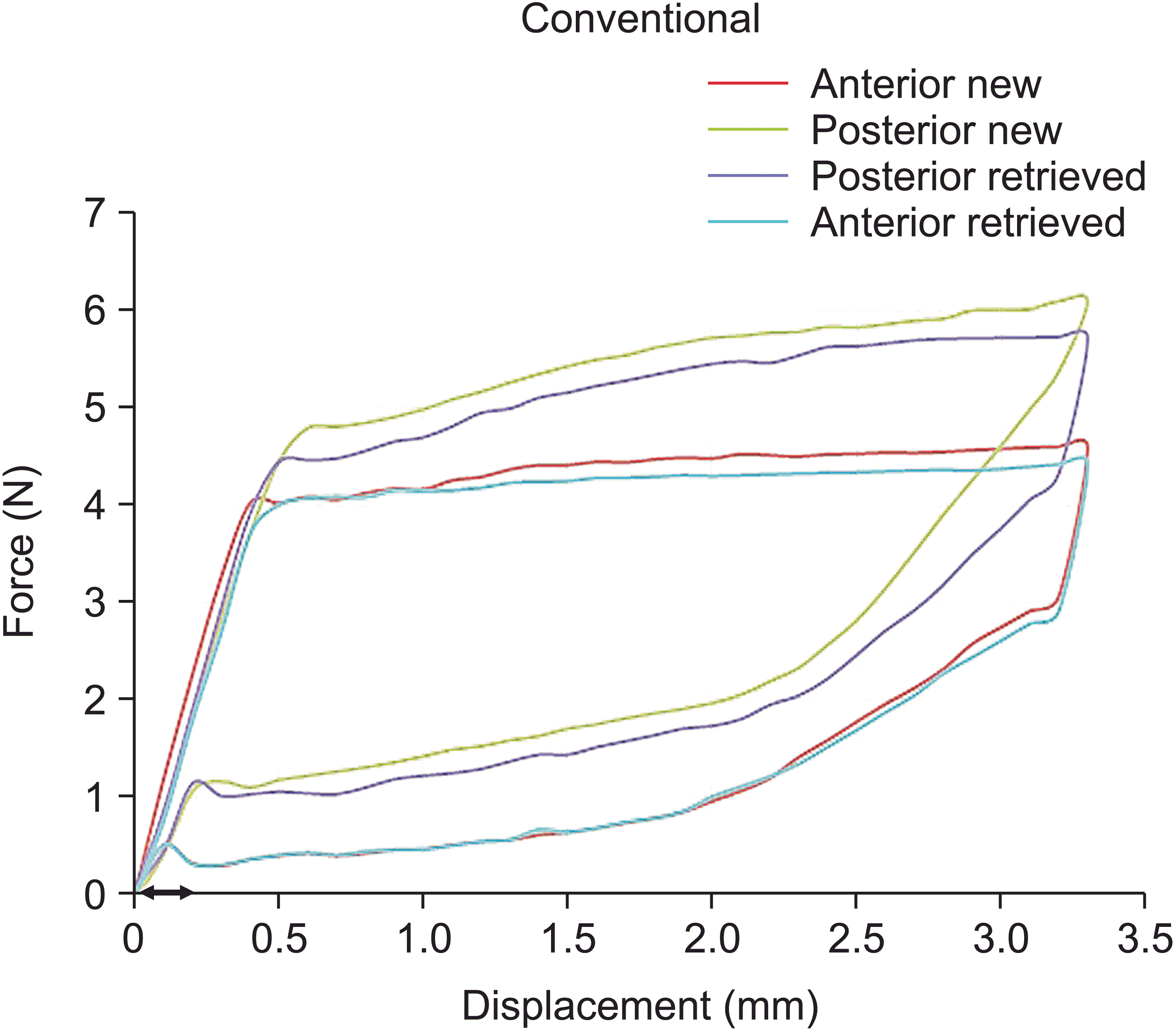
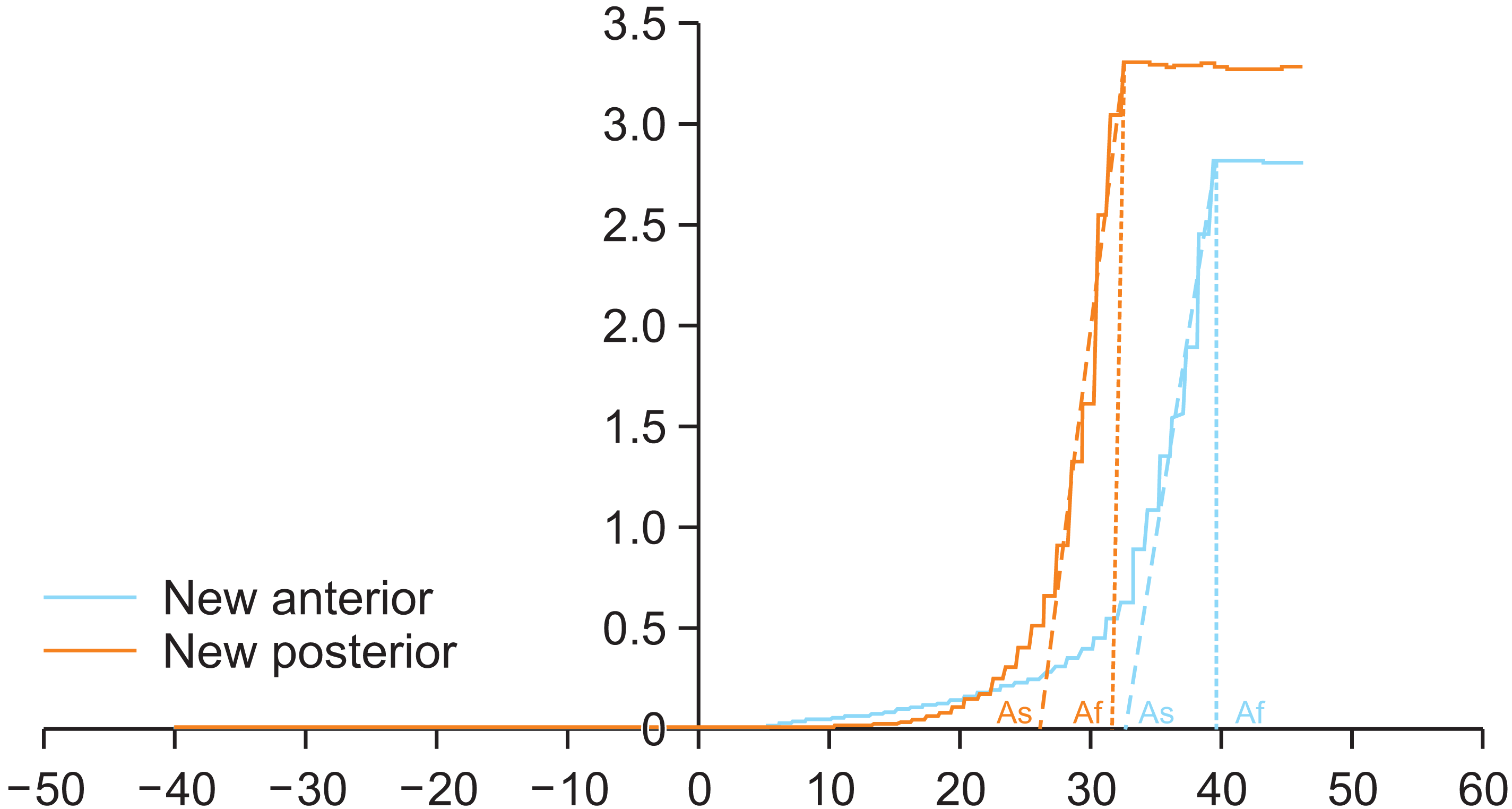




 PDF
PDF Citation
Citation Print
Print



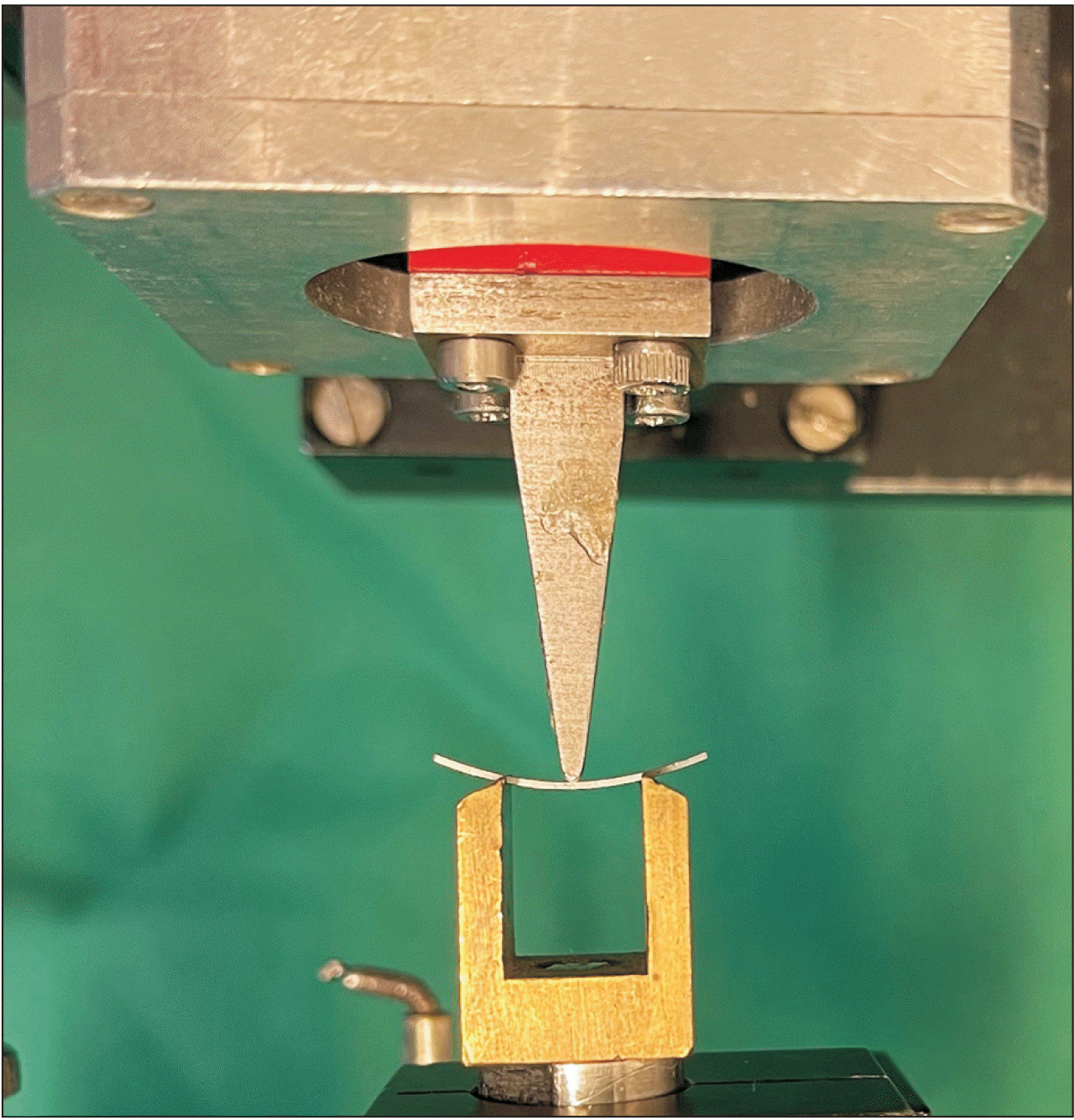
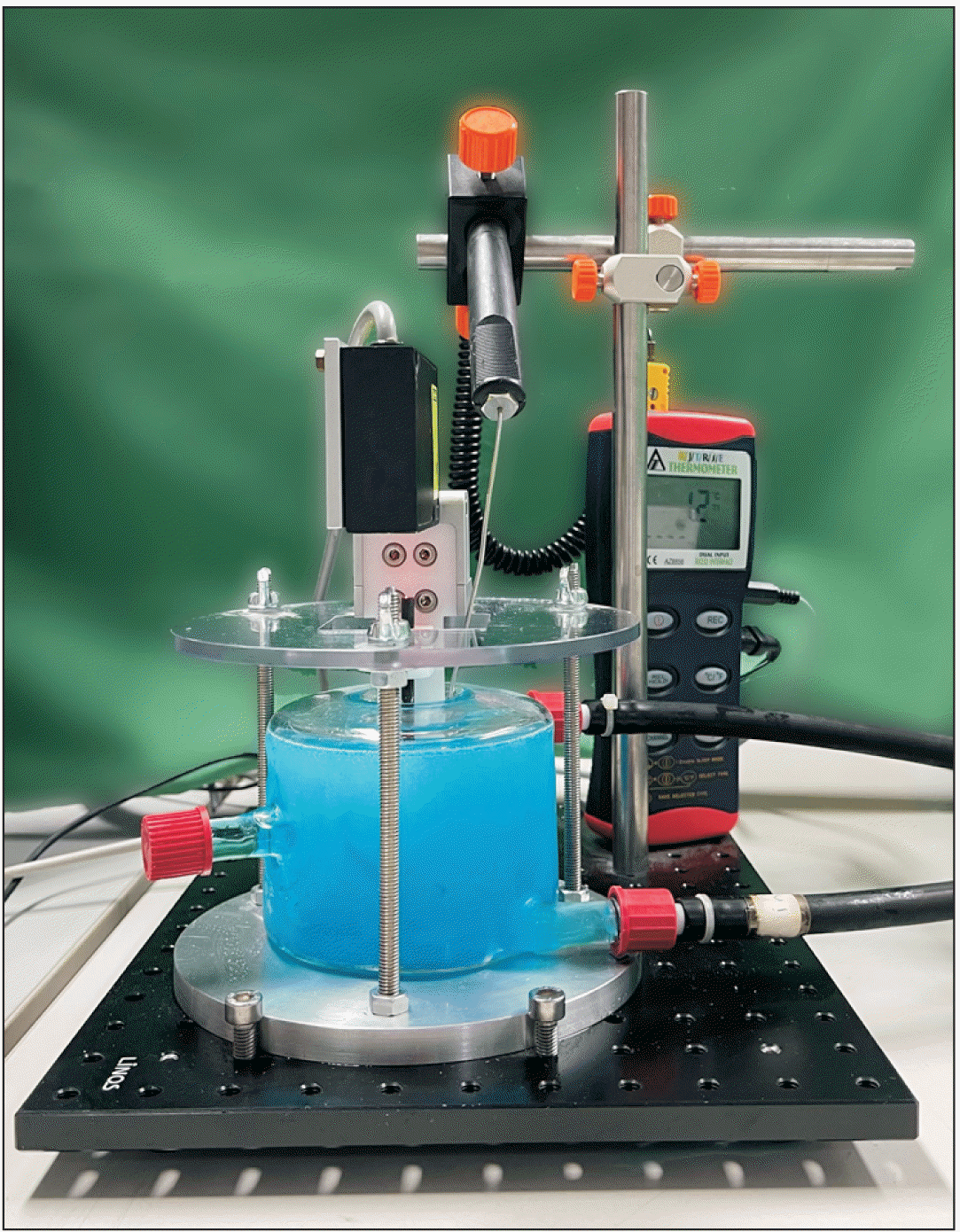
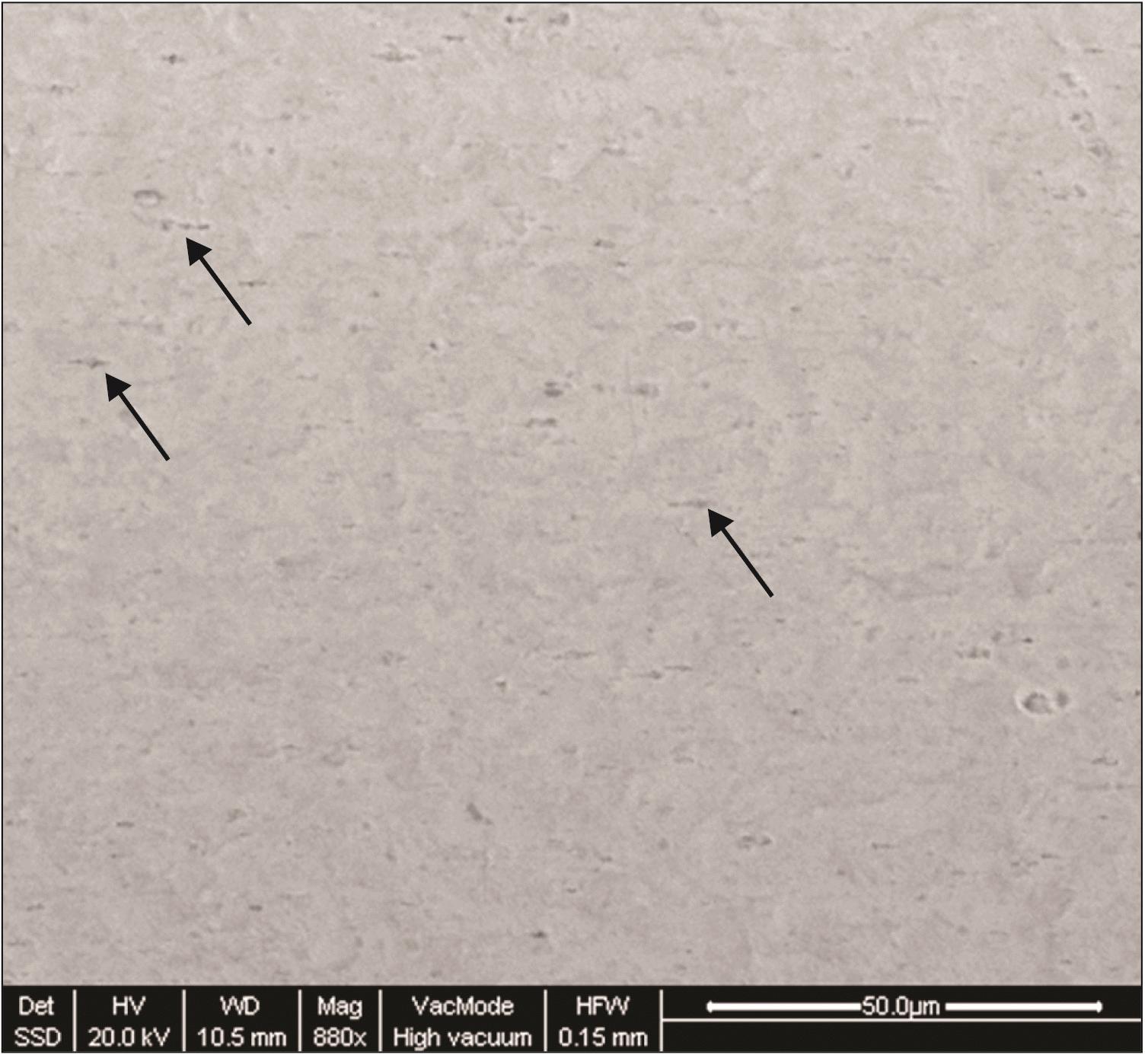
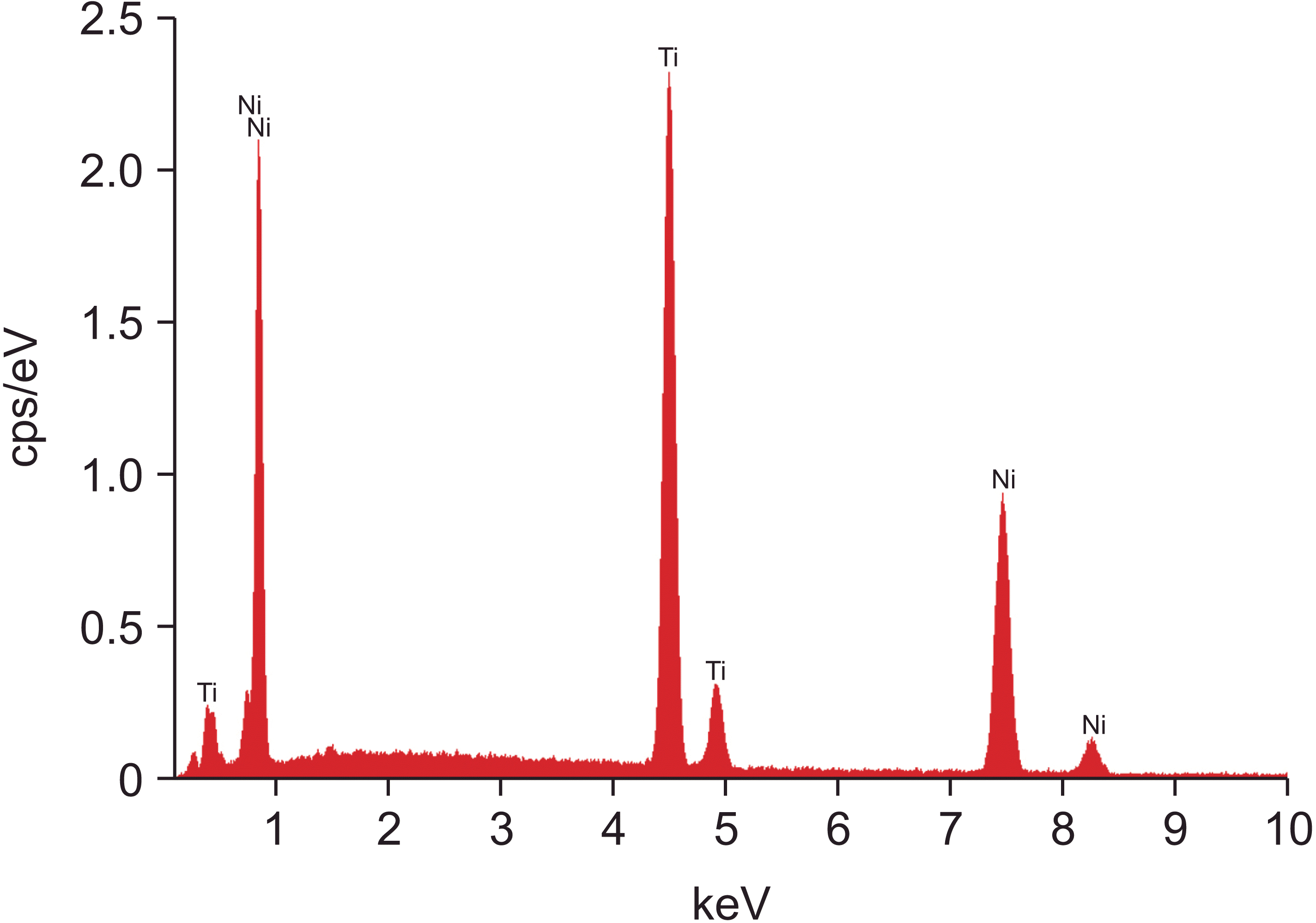
 XML Download
XML Download